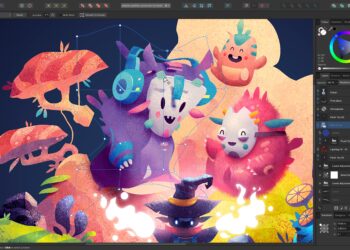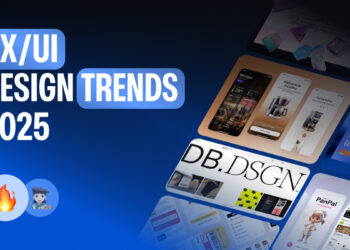1. Why UX Design Is Your Secret Growth Weapon
In today’s fast-paced digital world, good design isn’t just a nice-to-have—it’s a revenue driver. For small businesses, investing in UX (User Experience) design can mean the difference between a visitor bouncing or becoming a loyal customer. Great UX builds trust, increases conversions, and makes every marketing dollar go further.
2. Figma – The Ultimate Design Collaboration Tool
If you’re looking for a modern, cloud-based design tool, Figma should be at the top of your list. It lets multiple team members design, prototype, and leave feedback—all in real time. Figma’s intuitive interface, plugin options, and design system support make it perfect for fast-moving small teams with big ideas.
3. Sketch – Mac-Lovers’ Favorite for Pixel-Perfect Design
Sketch is a long-time favorite among designers using macOS. With precision tools, reusable components, and easy integration with developer handoff tools, Sketch is ideal for crafting sharp, professional designs. It’s lightweight, focused, and gets the job done without a steep learning curve.
4. Adobe XD – All-in-One Wireframing, Prototyping, and More
Adobe XD is your design command center if you already use Adobe tools like Photoshop or Illustrator. From simple wireframes to fully animated prototypes, XD covers every step of the UX process. Its voice prototyping and auto-animate features bring digital experiences to life—perfect for brands that want to wow.
5. InVision – From Concept to Clickable Prototype
InVision is all about bringing ideas to life fast. With drag-and-drop prototyping, interactive mockups, and real-time commenting, it’s great for sharing concepts with stakeholders and getting instant feedback. It helps reduce back-and-forth and gets your product to market faster.
6. Axure RP – Powerful Prototyping for Complex User Flows
If your product has advanced interactions or logic, Axure RP is a must-have. It lets you build interactive prototypes with conditions, variables, and dynamic content—without writing code. This saves time in development and helps you catch issues early in the UX planning phase.
7. Miro – A Whiteboard for Your UX Brainstorms
Miro may not design screens, but it helps design ideas. It’s a visual collaboration platform that’s perfect for user journey mapping, brainstorming, and wireframing. With sticky notes, flowcharts, and infinite space, remote teams can align, plan, and create together without limits.
8. Hotjar – Know Exactly What Your Users Are Thinking
Design without data is guesswork. Hotjar shows you how users behave on your site with heatmaps, recordings, and feedback widgets. You’ll see where they click, where they get stuck, and what they think—giving you the insight you need to improve UX and increase conversions.
9. Your Complete UX Toolkit, from Idea to Launch
These seven tools cover the full UX journey: planning (Miro), designing (Figma, Sketch, XD), prototyping (InVision, Axure), and analyzing (Hotjar). Using the right combination saves time, reduces costs, and helps you launch products that users love—without hiring a huge team.
10. Better UX = Higher ROI + Better SEO + More Ad Revenue
Investing in UX doesn’t just help your users—it also boosts your Google ranking and your ad earnings. Fast-loading, user-friendly sites have lower bounce rates and higher engagement, which improves SEO. Pair that with high-CPC search terms like “UX tools for small business,” and you’ve got a winning formula for organic traffic and AdSense revenue.












